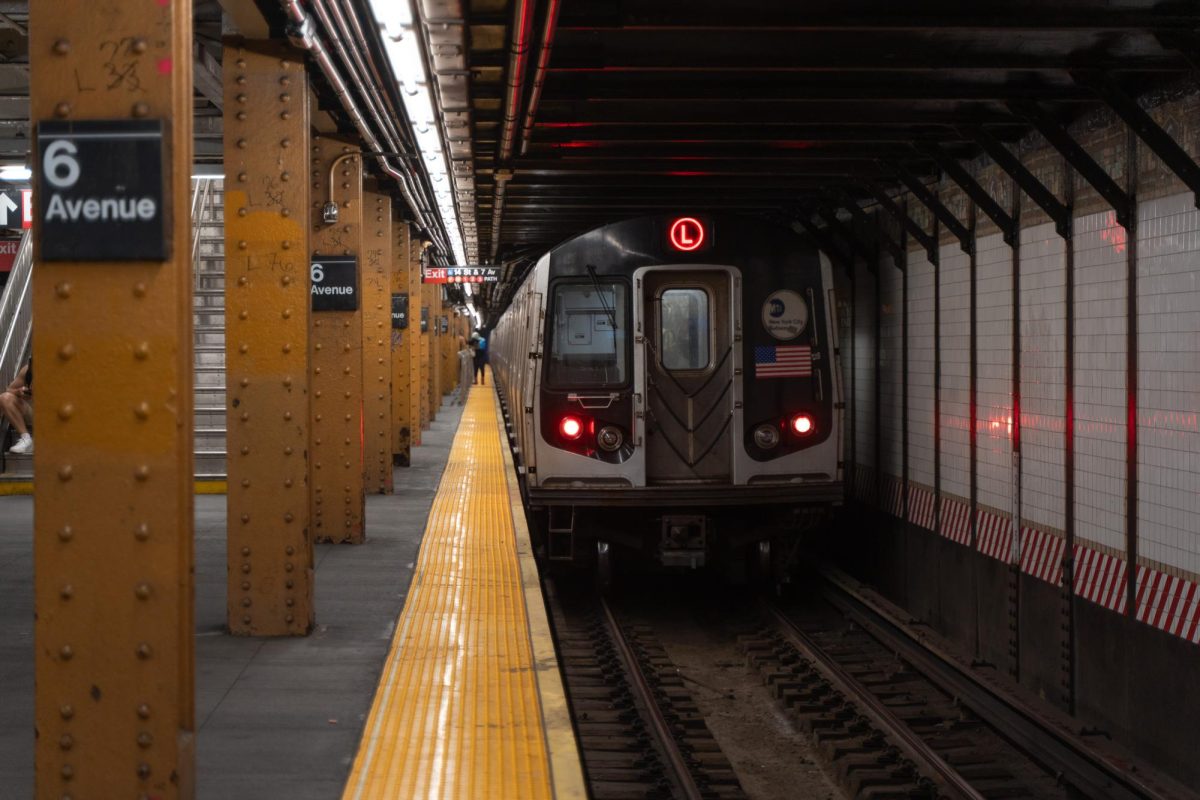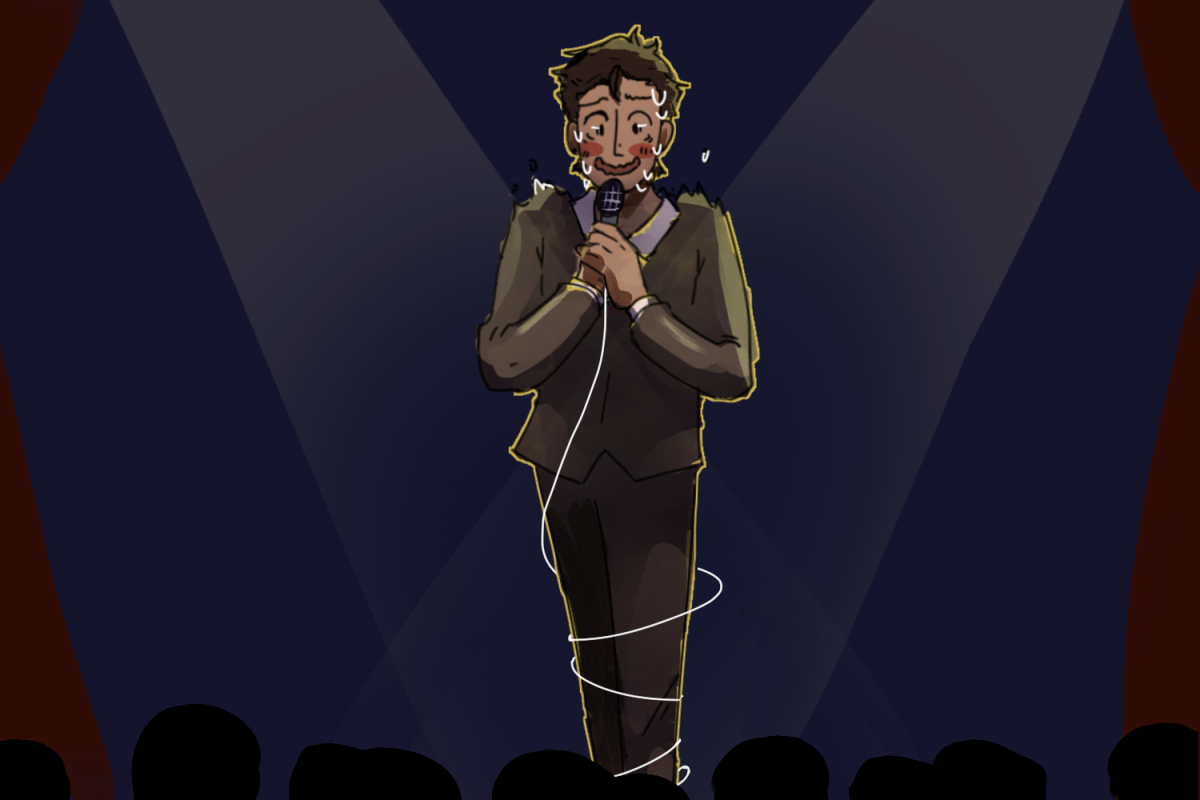
I am becoming an expert on student residence hall evacuations. This past week, after the widespread blackout caused by Hurricane Sandy, I was forced out of my dorm room for the second time in my undergraduate career — the first time, I was back at my home campus of NYU Abu Dhabi.
Like 75 other NYUAD students, I came to New York this semester for a slice of what most NYU students call normal, endlessly comparing the pulse of this big metropolitan campus to that of the tiny community I know back in the Middle East. The recent evacuations reminded me of when a fire broke out in Sama Tower, NYUAD’s sole residence hall, last fall. This small fire forced students, staff, faculty and their families to leave Sama and spend the night at the Downtown Campus, the three-story building that houses most of our classrooms, office spaces and little library.
Abu Dhabi is a tiny community. At the time of the fire, it was comprised of merely 300 students — about the size of a large NYU lecture class. The night of the evacuation, all of us fit snugly into our Downtown Campus. The classrooms were transformed into campgrounds, blankets and pillows covering the floor. Professors in their pajamas roamed the hallways with their children. For our small group, the evacuation was a break from regular day-to-day university life. It was more an unintentional sleepover retreat than a school emergency.
Clearly, NYUAD is not NYU New York. Around Washington Square Park, most talk of community at NYU is laden with sarcasm. In fact, many NYU students I have talked to take pride in going to an American university that is not about big football games and other tropes of school spirit. Instead, the campus is the city, and any notion of collective identity is overshadowed by the distance and independence of a New York student.
Last Wednesday, approximately 6,000 students had to leave dorms, without power or cell service. Evacuation in NYU NY is on a far greater scale: huge lines, crowds of students occupying every corner of every room in the Kimmel Center for University Life, computers and cell phones crammed into every single working outlet. I had never seen so many NYU students in a single building.
This blackout brought NYU closer together, made evident by huddled groups surrounding outlets and comparing Wi-Fi signals outside Bobst Library and in Kimmel. But there was also a growing sense of community as people began to joke together in the lines for free food, or as students and staff took care of each other. Students in dorms powered by the Cogeneration Plant opened their rooms for other students; security guards and residential advisers remained on their posts to ensure our safety; members of the university staff and administration worked endlessly, sending daily email updates and ensuring smooth operations — all despite the crippling impact of Hurricane Sandy. Through the storm, the Washington Square campus did not feel as enormous or as anonymous as its reputation suggests. For once, at the big university, I felt like I was again in a small community campus.
As coming reports reveal still more of the devastation wrought by this storm, we must realize how extremely fortunate we are to have fared so well. The incredible commitment of our school’s staff — security guards, residence advisors, cafeteria staff and administrators — has made the events of last week feel more like a “hurrication” than a hurricane for the NYU community. When I returned to my dorm room after a three-day hiatus, I met the green slime covering my unwashed dishes with a smile. After all, we made it through a hurricane relatively unscathed.
So, NYU NY: despite a week of chaos and atypical operations, of canceled classes and torn NYU banners, you’ve toughed it out. And you’ve shown yourself to be tighter-knit than you let on. Well done, Washington Square.
Alistair Blacklock is a contributing columnist. Email him at [email protected].





















































































































































